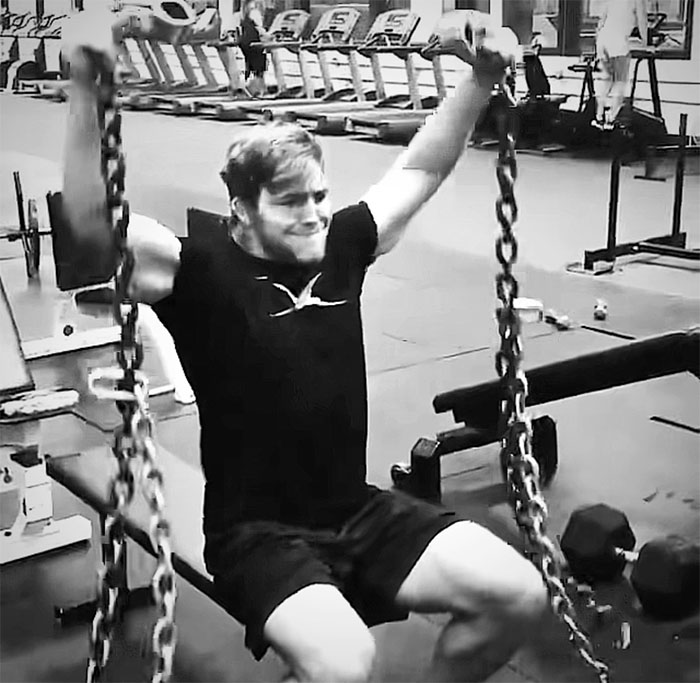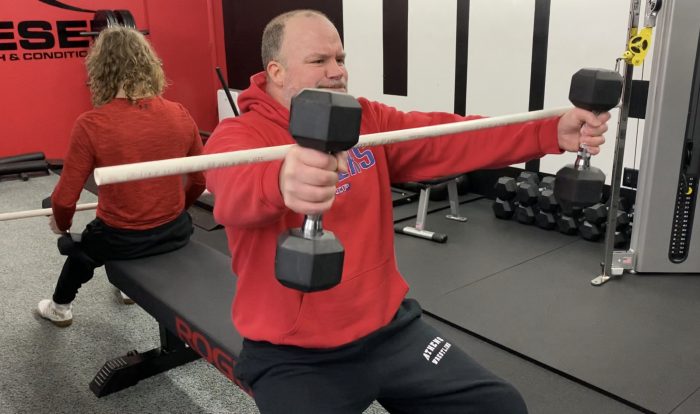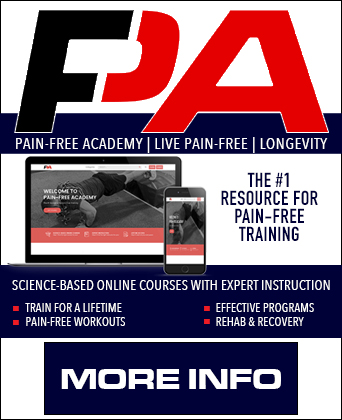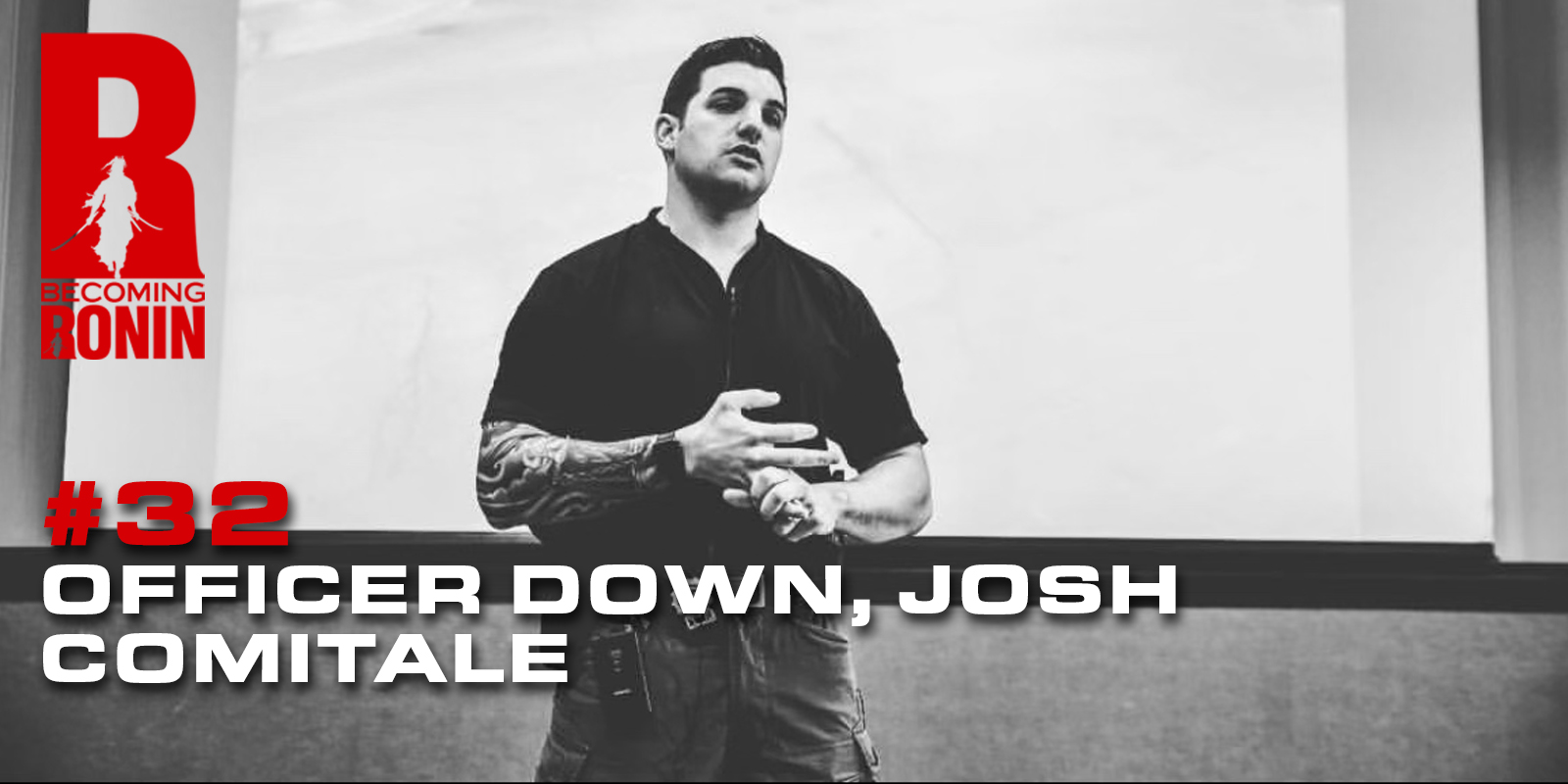Simple Way to Understand Training Intensity

A few years ago I wrote an article about supercompensation and understanding the need to incorporate deloads periodically. At that time, the ‘standard’ was that a deload was needed every 3-6 weeks (or longer). While this general rule is still accepted in many circles, I have changed my personal stance.
The deload, or a period of lower intensity workouts or recovery sessions, must be much more individualized and on demand. And if you take away the rigid ‘every 3-6 weeks’, determining when to deload can be tough, if you don’t know what to look for. On a smaller scale, coaches and lifters are also confused about managing the intensity of successive workouts on a weekly basis. Let me show you a very easy way to visualize how to plan your weekly workouts.
First, let’s look at…
What is a Deload?
A deload is a series of workouts where you can focus on any or all of the following, while reducing the multiple factors of intensity:
– mobility and movement
– SMR – soft-tissue work
– flexibility
– weaknesses / imbalances
– rehab / prehab
– strength training form
– light conditioning
– breathing mechanics
– stability
– skill or technique work
– non-primary sport related activities
To lower the intensity of a workout, we need to look at…
Factors of Intensity
When you’re in a deload week, you’ll want to lower the intensity of the session. This is what allows your body to recover, regenerate, become stronger and bigger for the next training cycle.
Factors of Intensity include:
– sets
– reps
– rest periods (shorter vs. longer)
– load (weight lifted)
– speed of movement (dynamic vs. controlled)
– duration of total session
– exercises you include (compound movements vs. technique and dynamic mobility)
– equipment you use (heavy barbell vs. bodyweight)
In my original article, I discussed how incorporating periodic deload sessions into your workouts will help you recover better and adhere to the Law of Supercompensation.
Law of Supercompensation

Image Reference: http://www.pponline.co.uk/encyc/strength-training-overloading-increase-muscle-mass-40882
From the original article:
“As you can see from the Law of Supercompensation and from this post , strength training has an effect on the body. It breaks it down and makes it weaker! This microtrauma and effect, after recovery and regeneration, creates an adaption; more strength and more muscle (if the right intensity and parameters are engaged).”
“Now, if the proper “amount” of rest and recovery strategies (SMR, good nutrition, stretching, massage, rest, etc.) are not employed or the next training session’s intensity is appropriate AND occurs at the right time after the last session, then the lifter / athlete does not fully recover to the baseline level prior to the training session. If this is repeated over and over this could lead to injury and over-training.”
“But, if there is appropriate rest and deloads are scheduled periodically, then a super compensation where the lifter / athlete recovers to a baseline GREATER than their previous level is achieved.“
Follow the Sine Wave
As an update to my original article, I offer a simpler explanation.
Training for an upcoming Sealfit challenge, has not only taken my workouts to a new level, it has reconfirmed the importance of recovery. My strength workouts that used to last 1 hour, have now been replaced with serious metabolic training lasting over 2 hours.
Because of this, I wanted to take the periodic monthly deload concept from my original article and show you how to apply it to your weekly workouts.
The Awakening
Instead of thinking of planned deloads, you have to be much more like water, as Bruce Lee has famously stated. You have to flow (some people call this auto-regulation) with what you’re going to do according to where you are in your current state of recovery. If you have a heavy workout planned, that doesn’t mean you go in and do it, even though you feel terrible and your back is hurting. Many times through poor programming, you might even have scheduled two high intensity sessions back-to-back without realizing it. I’m not talking about squatting heavy one day and then deadlifting heavy the next. That is a pretty obvious mistake that few informed people would make.
I’m talking about staying on the peak of training intensity and you not even knowing it. You could be squatting heavy (training variable: heavier load) and benching for high reps (training variable: more volume) in two subsequent workouts for example. Both target two different training variables, but they are also both high intensity. Training at too high of intensity for too long is a big programming mistake.
Let’s look at the sine wave.

As you can see, there are peaks and valleys. I liken this to the intensity of the training session. If you notice, at the peak of the wave where the training session is hard, the next logical scenario is a less intense workout. If you stay at the peak too long, that is where you get messed up.

I like to say the workout is not set until you or your athletes get into the gym. What you have on your spreadsheet or paper, isn’t always what you SHOULD hit. There must be an ongoing assessment where you monitor how your body is responding to the warm-up, to the first workouts, and into the workout; this is called auto-regulation. If you are a coach, this will be an ongoing dialogue with your athletes as they progress through the workout. The assessment begins with the first step they take into the gym. Always be watching how they move.
If the training session isn’t going as well as it should, it is time to shut it down and change directions. Instead of the heavy squats, move to some single leg exercises, core stability and mobility work for example. What is happening is that you’re not ready to be back at the peak on the sine wave. So use this workout to prepare to climb back up and kill the next session.
Two take away points from this article:
1. To easily understand how to ‘plan’ your weekly workouts, simply follow the sine wave.
2. The workout you have planned and written down, is only a guideline. It must be changed and modified on-the-go, according to how you’re feeling or how your athletes are responding to the pre-training movement prep.
By Smitty on September 12th, 2012
FREE DIESEL NEWSLETTER
- Discover Pain Free, Joint-Friendly Training
- Get Super Effective Workouts and Programs
- Inspirational Life Lessons Each Week
- Effective Habits For Busy Entrepreneurs















I have just made the fatal mistake of training at too higher intensity for too long of a period, ignoring what the body was telling me. Now I have an injured calf, lesson learnt. I should have known better. Thanks for the reminder of what I should be doing.
Thanks for reading Kylie.
Great clear and concise post, good luck with the Seal Challenge. Are you doing it with Zach Even-Esh?
Yes, of course. Zach is the man. Can’t wait.
Excellent article Smitty. There is an ebb and flow to training that is all a function of recovery from the previous stimulus. The unfortunate thing is that while I apply this without fail with the athletes I train, when it comes to my training, I like to do stupid shit beyond the point of diminishing returns because, despite my knowledge, I feel like in the back of my mind, I am the exception to the rule. Which is correct right? lol
“listen to your body” is the name of the game thanks Jim, I like when you explain the science of things and at the same time simplifying the subject for easy application!
Hey Smitty my name is Brett Banford and it’s nice to meet you! This was an awesome article and I really learned a lot. I have never seen a picture of the way a training regiment affects your body, but it makes a lot of sense now. Can’t wait to follow more of your posts in the future!
Smitty
Thanks. I was doing a 5X5 routine…adding 5 pounds for some lifts and
10 for others for the past 8 weeks. At week 9…I hit a wall. I
punched through the next two workouts…but could not bring myself to do
the third that week. Decided to take a week off. I’ll be starting
back at it on Monday…without the guilt! Thanks for restating what my
body was already telling me. You’re a good egg my friend.
Nice read. Sometimes it’s cool to back down on intensity a bit and most people forget that recovery is the part where muscles actually grow.